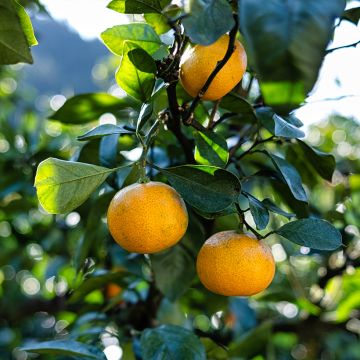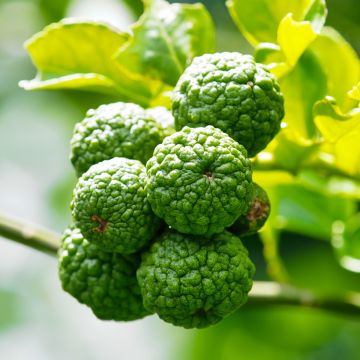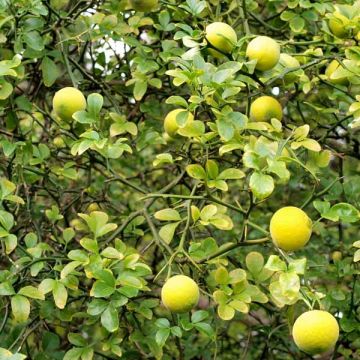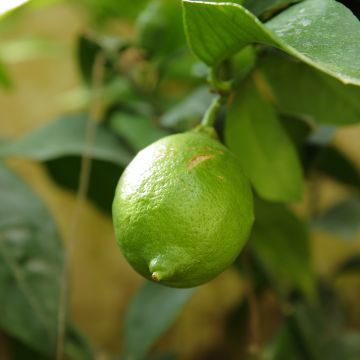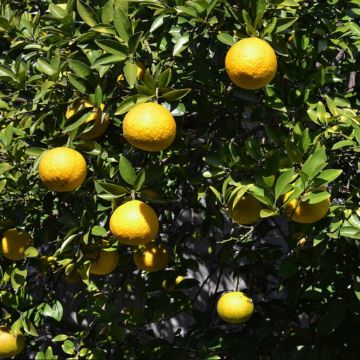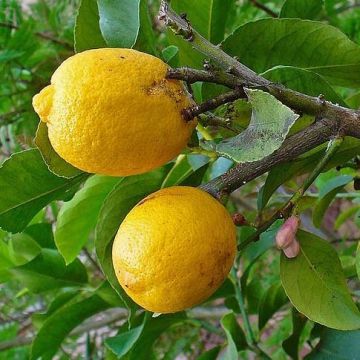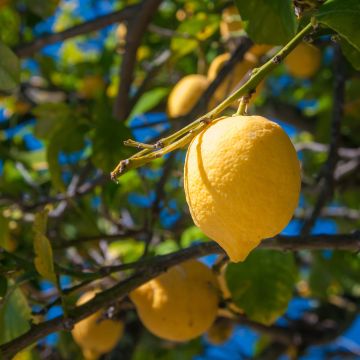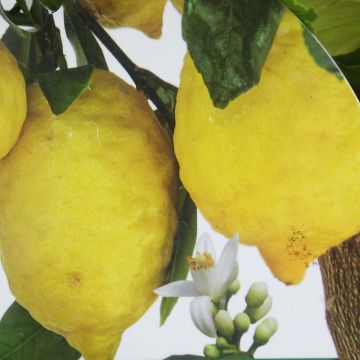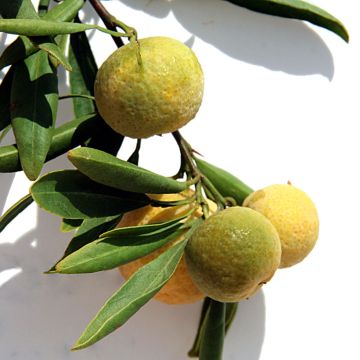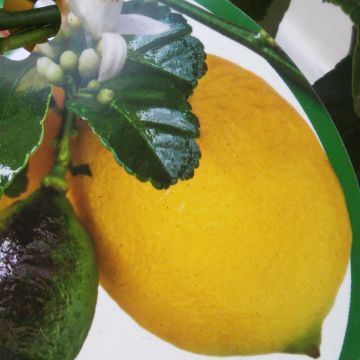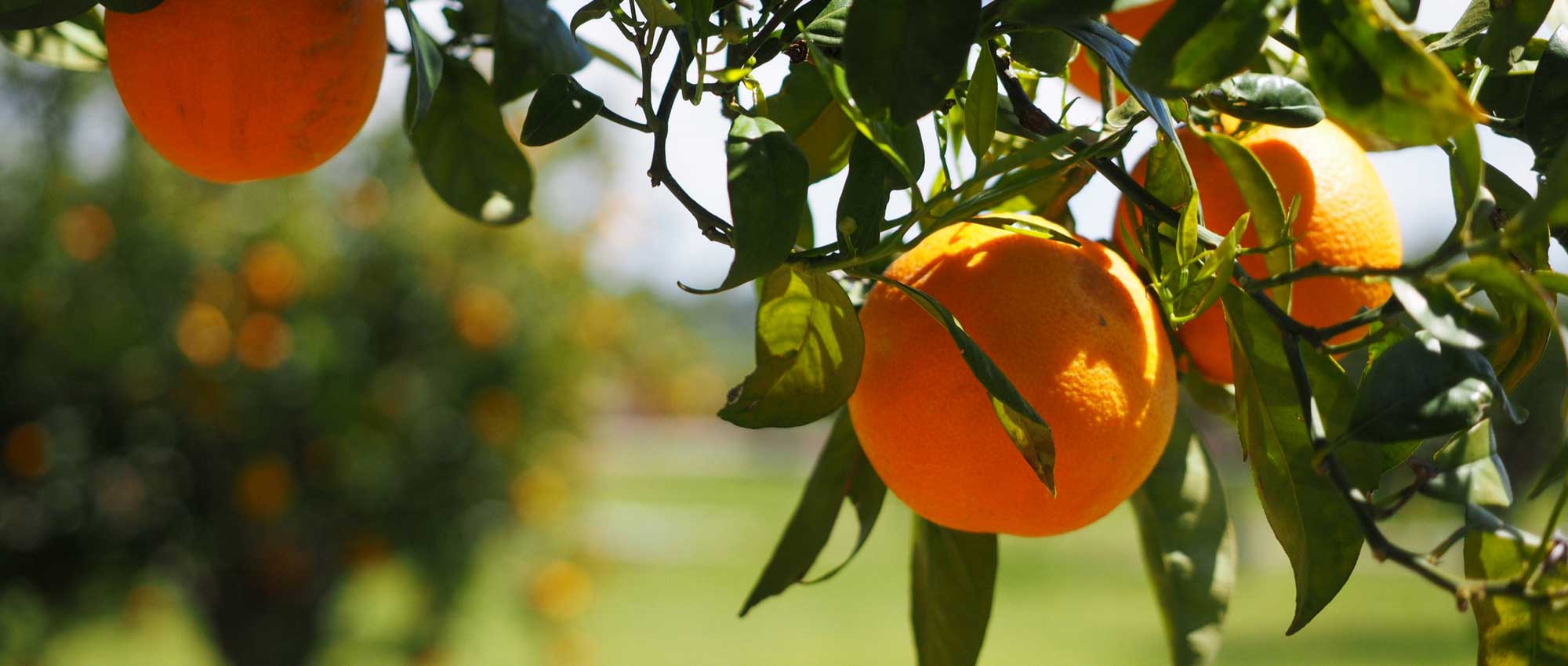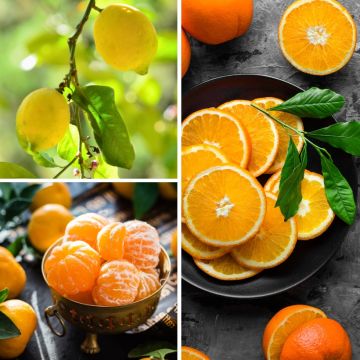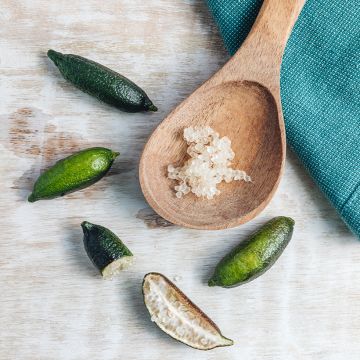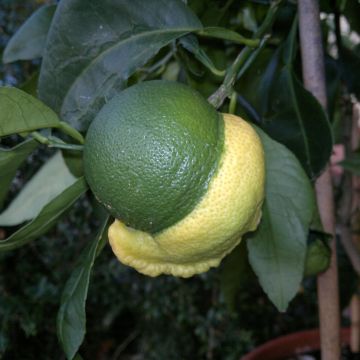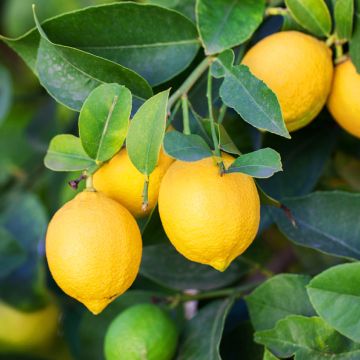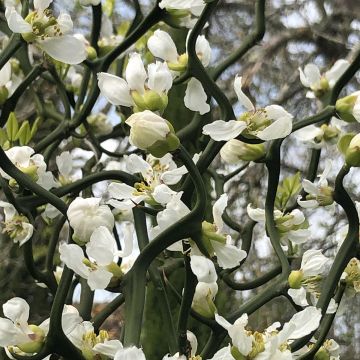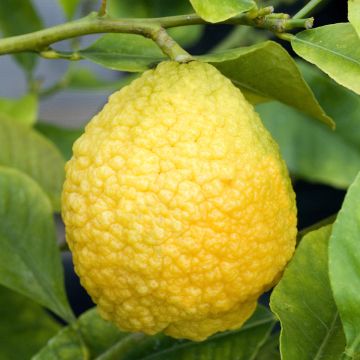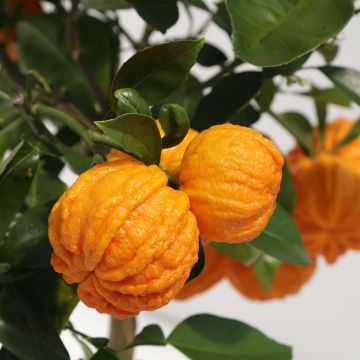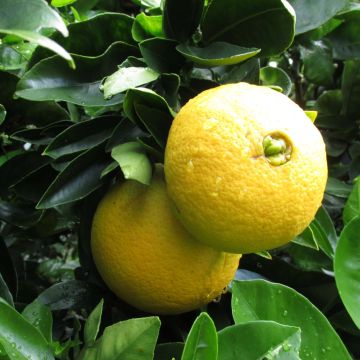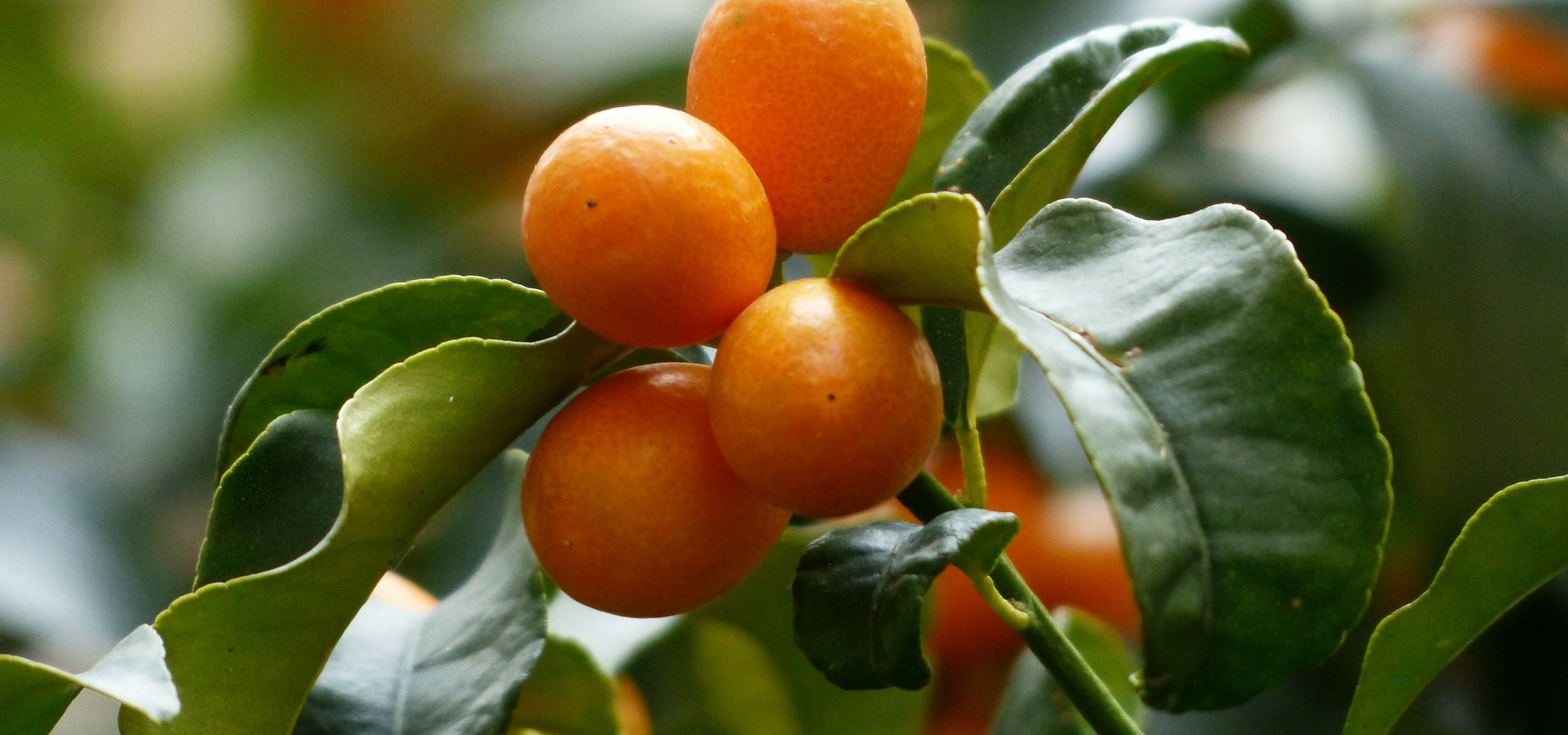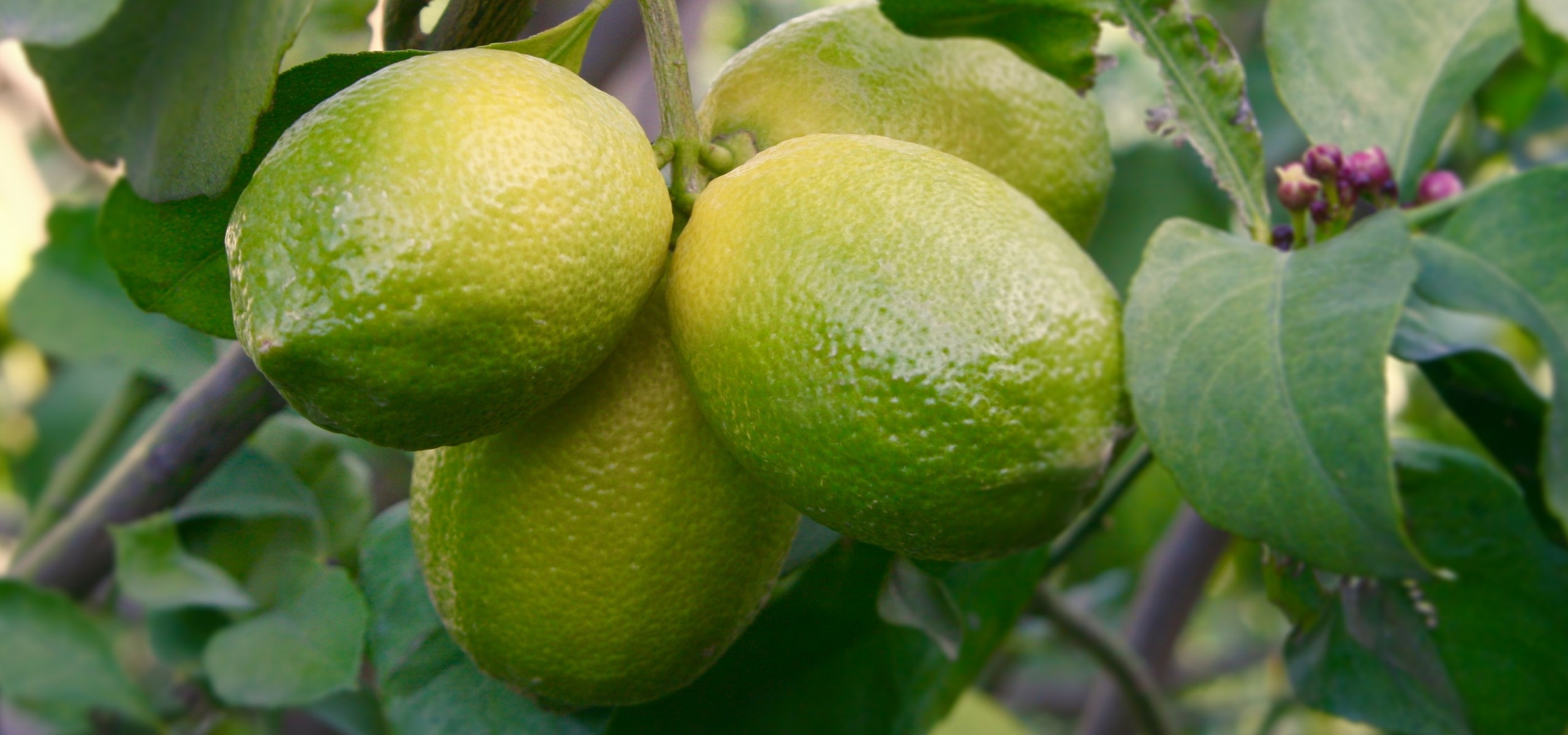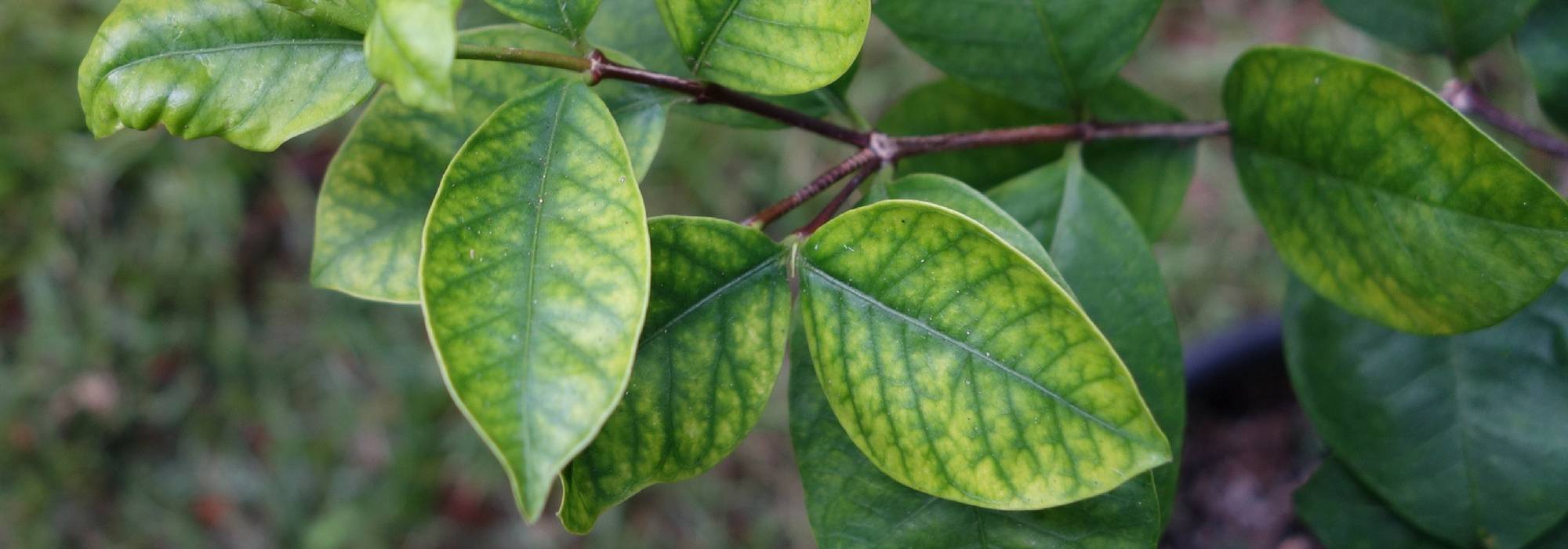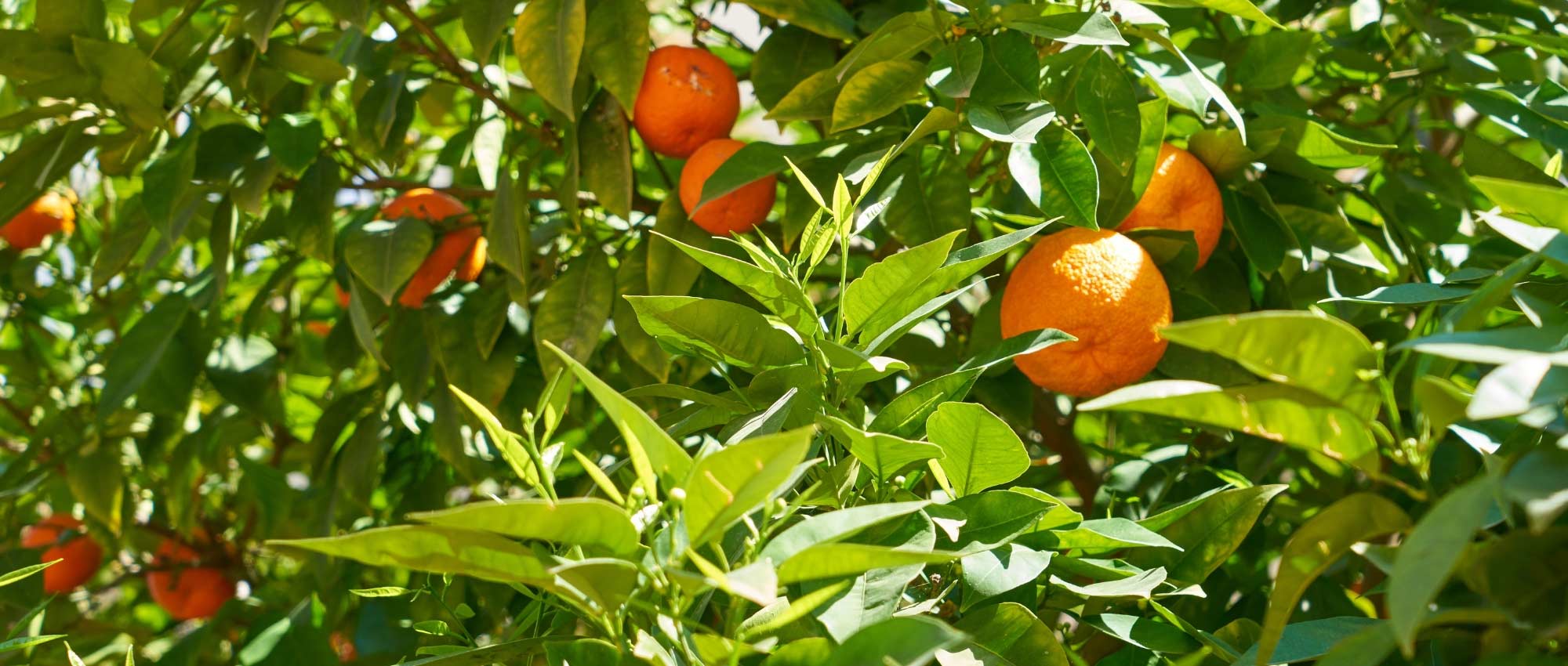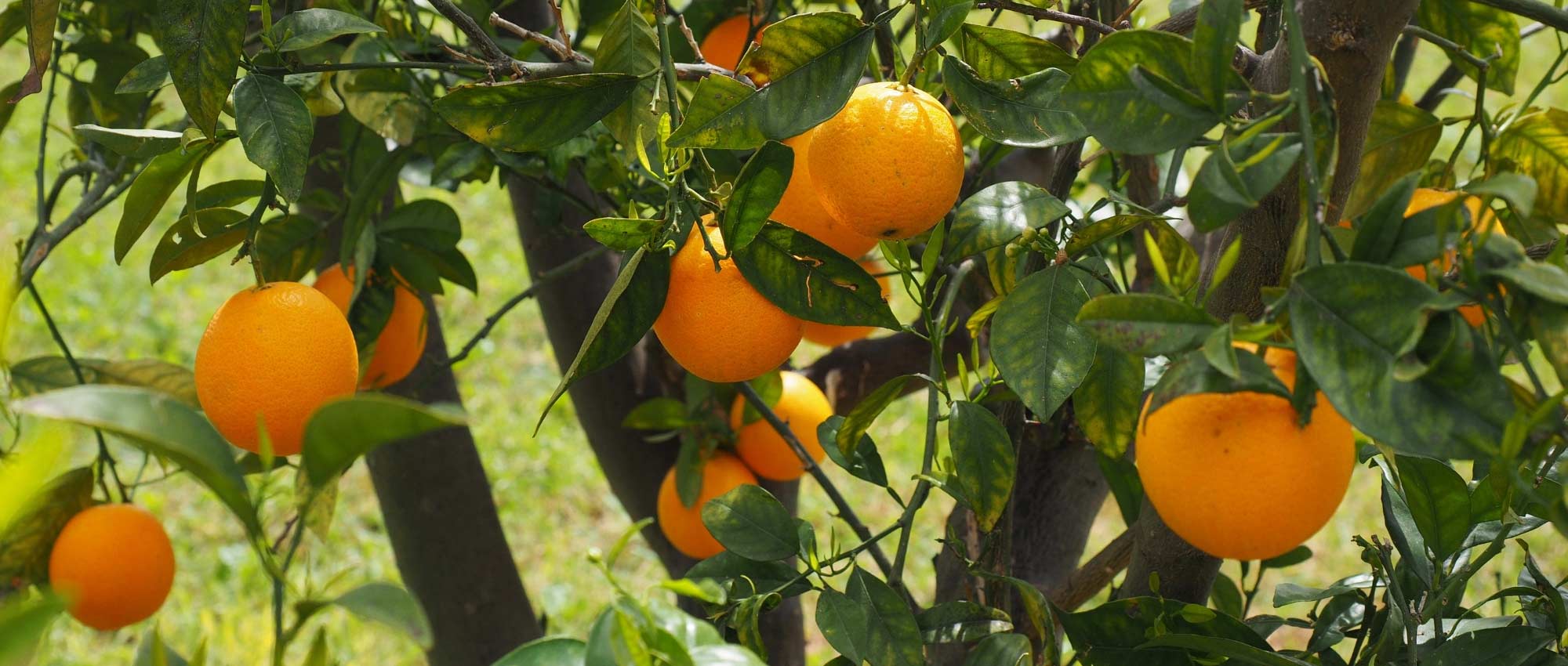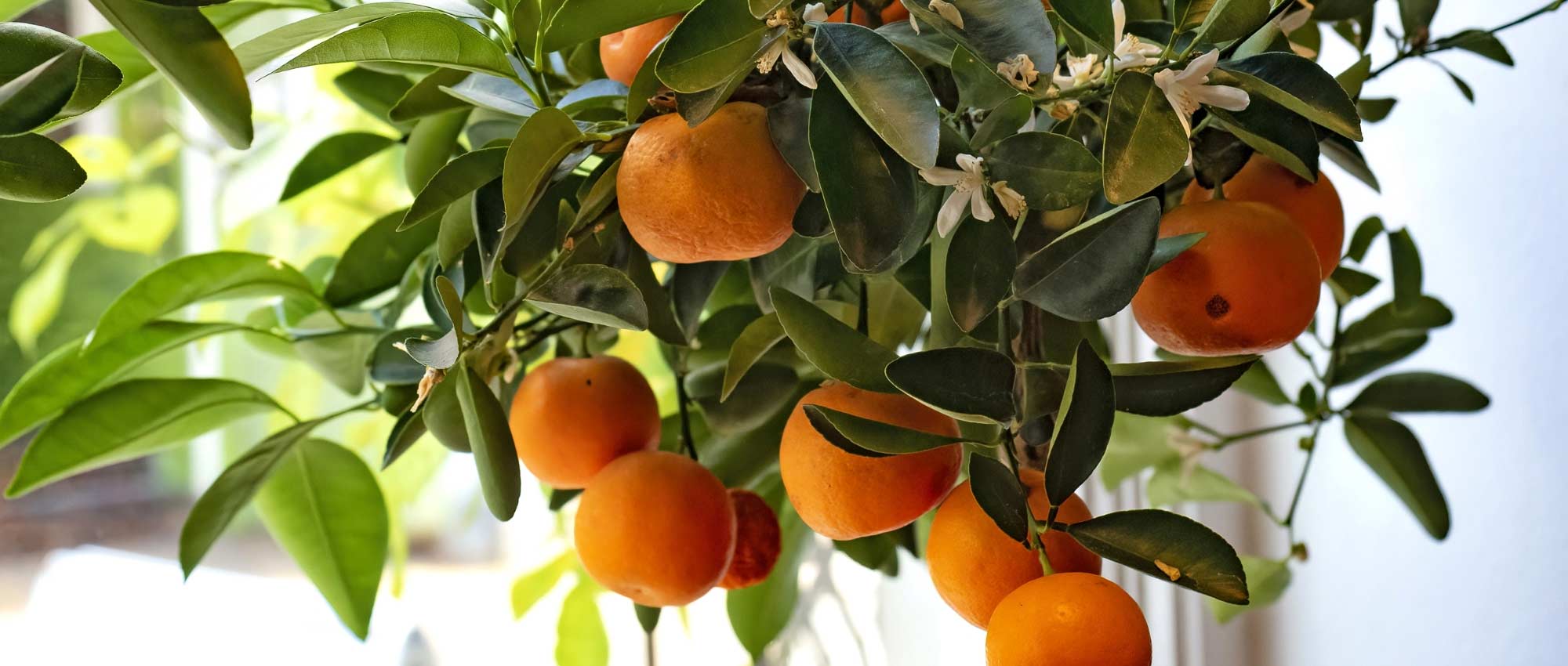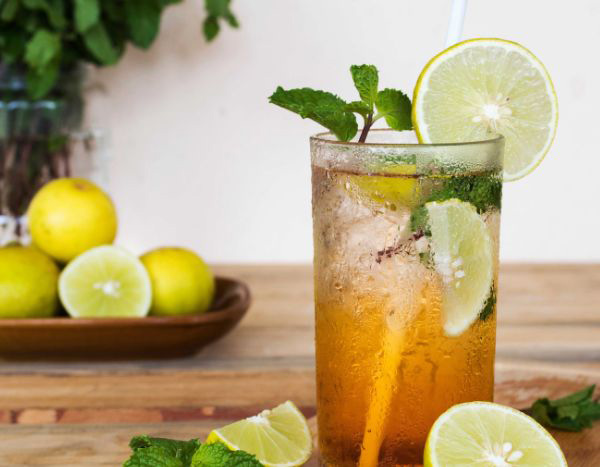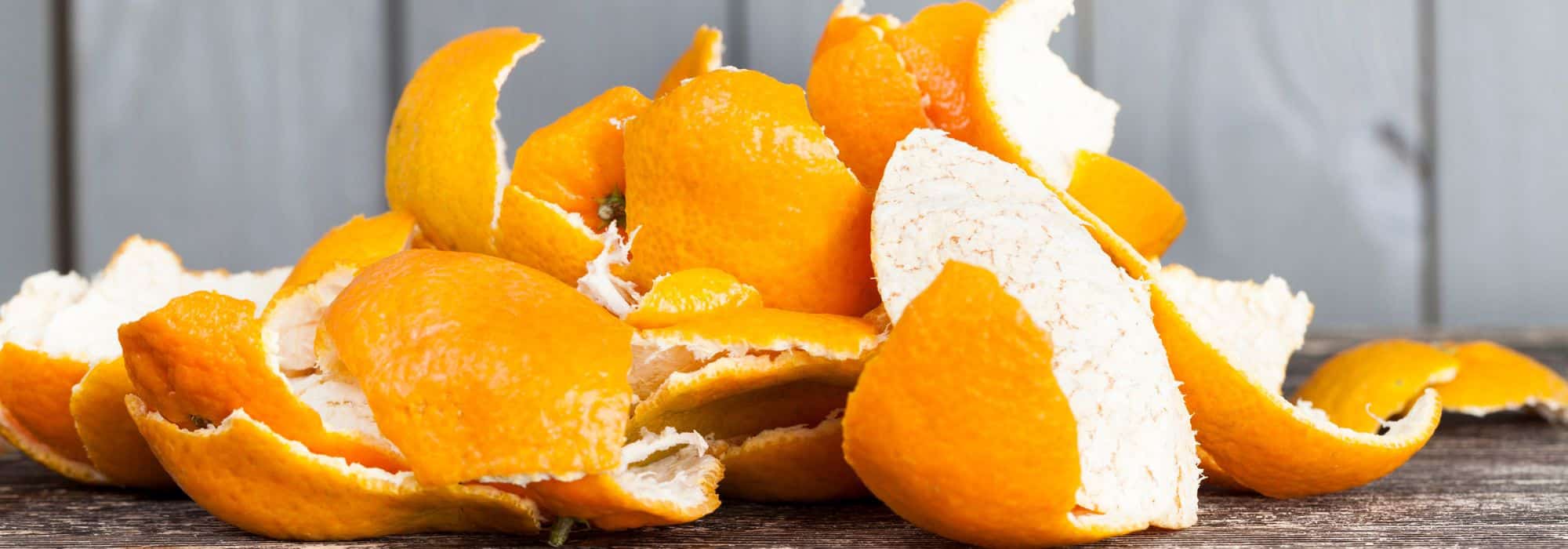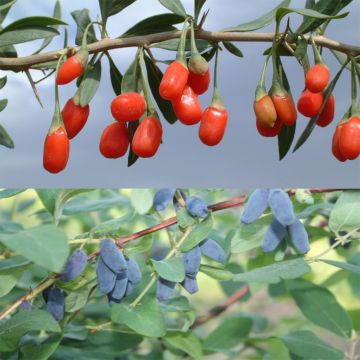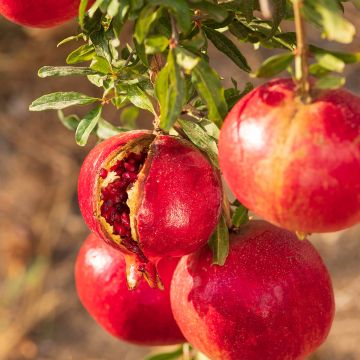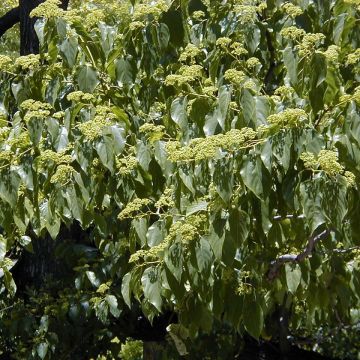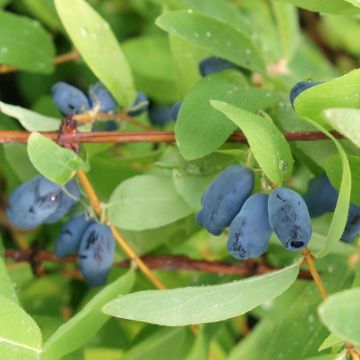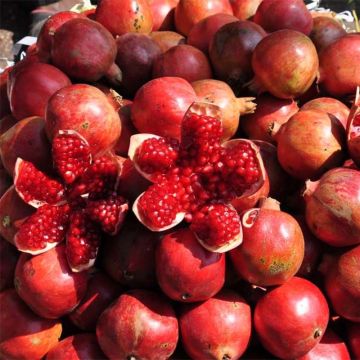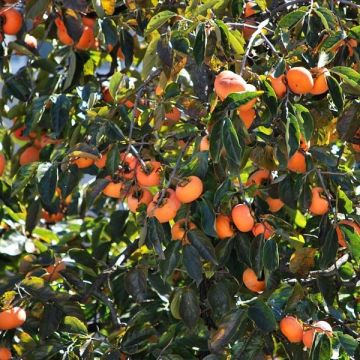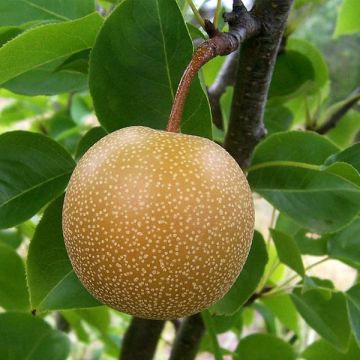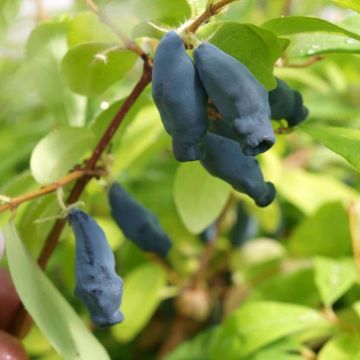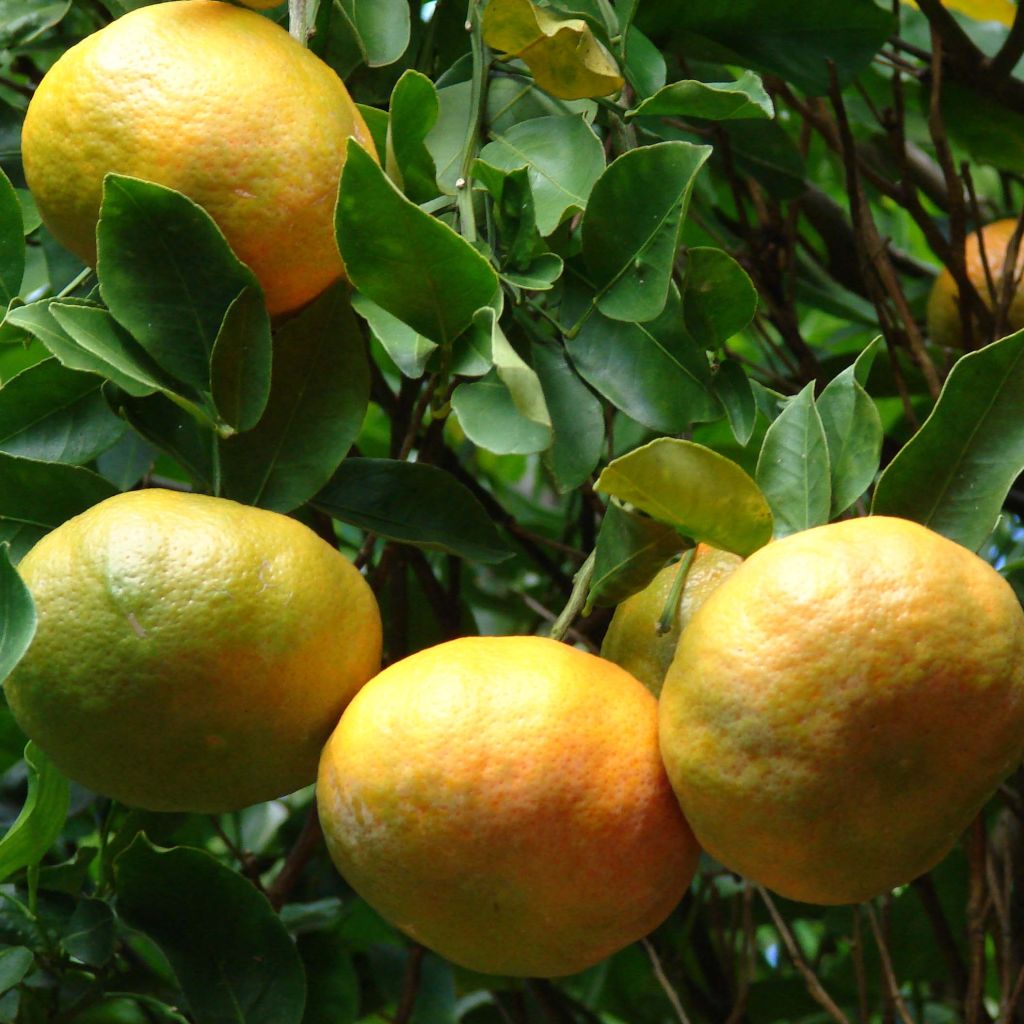

Mandarin Tree - Citrus reticulata Keraji
Mandarin Tree - Citrus reticulata Keraji
Citrus reticulata Keraji
Mandarin Orange, Tangerine
Tres belle qualité .En pleine forme . Superbe ! Je suis ravie . Merci ! Merci ! Merci !
IANCOVICI Daniela, 27/01/2020
Special offer!
Receive a €20 voucher for any order over €90 (excluding delivery costs, credit notes, and plastic-free options)!
1- Add your favorite plants to your cart.
2- Once you have reached €90, confirm your order (you can even choose the delivery date!).
3- As soon as your order is shipped, you will receive an email containing your voucher code, valid for 3 months (90 days).
Your voucher is unique and can only be used once, for any order with a minimum value of €20, excluding delivery costs.
Can be combined with other current offers, non-divisible and non-refundable.
Why not try an alternative variety in stock?
View all →This plant carries a 6 months recovery warranty
More information
We guarantee the quality of our plants for a full growing cycle, and will replace at our expense any plant that fails to recover under normal climatic and planting conditions.
Description
The Keraji Mandarin Tree (Citrus reticulata) is one of the hardiest mandarin trees, a well-established bush that can withstand temperatures as low as -12°C (10.4°F). This Japanese variety is also highly appreciated for its fruits, which resemble large, flat mandarins that are easy to peel. These fruits ripen in winter, more or less late, even in relatively cool climates. They then reveal an astonishingly balanced acidic and sweet flavor.This citrus tree is particularly well-suited for cultivation in open ground in regions less favorable for the growth of these plants. Its compact habit allows it to be cultivated for many years in a large pot on the terrace, protected from frost in winter.
The Keraji Mandarin Tree is a compact, spiny bush with a dense and spreading habit, belonging to the Rutaceae family. It is a Japanese horticultural hybrid dating back to 1948, widely cultivated on Kikai-Jima Island. It was previously known as Citrus nobilis Lour. subsp. Suntara var. kagoshimensis.
This small tree reaches a height of 2m (7ft) and spreads about 1.50m (5ft). Cultivated for its surprisingly flavored fruits, this mandarin tree blooms abundantly in April-May. It produces small white flowers with a pleasant neroli scent. These flowers give way to flattened fruits with an average diameter of 6cm (2in), reminiscent of satsuma mandarins. The relatively thin skin of the fruits starts off green, then turns yellow and eventually orange, with a slightly rough texture. The amber to orange, translucent and juicy pulp of the fruit is filled with numerous seeds. Its flavor evolves with the ripeness of the fruit. Similar to lemon in November, it becomes more aromatic and sweeter throughout winter, reaching a perfect balance between acidity and sweetness in February. The fruits are harvested from November to March. The evergreen and aromatic leaves of this citrus tree are lanceolate and shiny green.
These fruits have a long-standing culinary tradition in Japan. They are used as fresh fruit and in cooking as a substitute for lemon when still green. It is also a beautiful ornamental bush, with enchanting spring flowering. Although relatively hardy for a citrus tree, it should be grown in a sheltered position, as its fruits, which are best in late winter, are susceptible to frost.
Like all Citrus trees, the Mandarin Tree contains essential oil pockets in its leaves, flowers, and fruits, which are often visible to the naked eye. These can be extracted through distillation (flowers and leaves) or pressing (peel) to obtain essential oil with sedative properties, which helps combat stress and insomnia. The fragrance of the essential oil is described as sweet and floral, and is particularly liked by children.
Most citrus trees thrive in open ground in Mediterranean coastal regions, where they can enjoy the necessary year-round warmth. However, to bear fruit successfully, they require an adequate supply of water and nutrients. The Keraji Mandarin Tree is relatively hardy and can lose its leaves at -10°C (14°F), but a well-established specimen will recover without any problems in spring, although fruiting for the year may be compromised. This hardiness only applies when the frosts are brief, the bush is sheltered from cold winds, and temperatures rise significantly during the day. It is a self-fertile bush, meaning that a single individual is sufficient for complete pollination and fruiting.
Mandarin Tree - Citrus reticulata Keraji in pictures
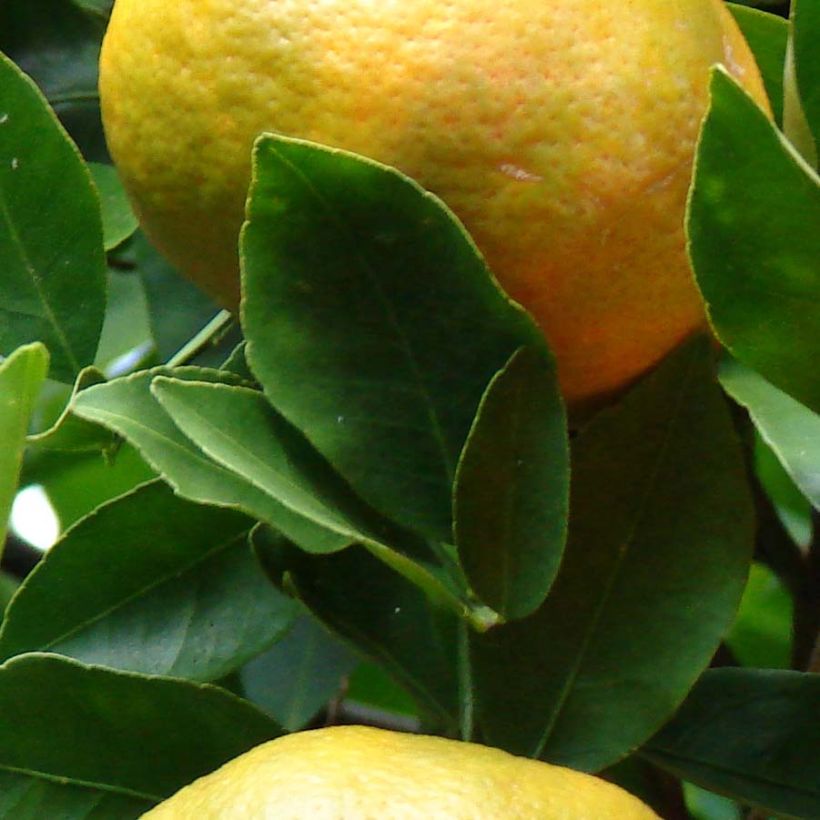

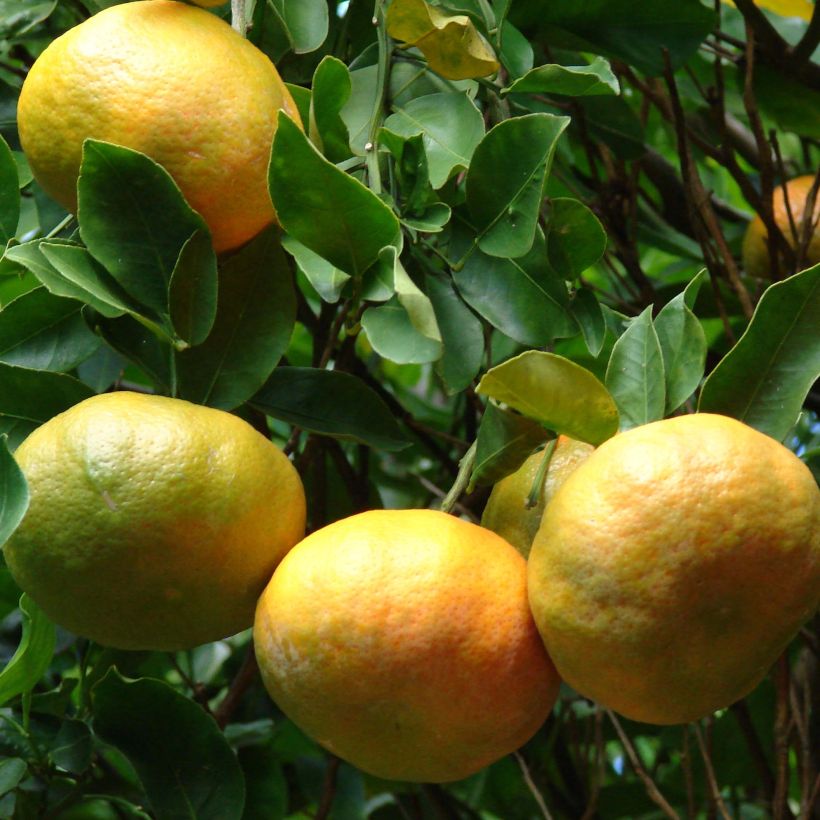

Plant habit
Fruit
Flowering
Foliage
Botanical data
Citrus
reticulata
Keraji
Rutaceae
Mandarin Orange, Tangerine
Southeast Asia
Other Citrus trees
View all →Planting and care
Planting in open ground: the Keraji Mandarin tree, like most citrus trees, prefers neutral, slightly acidic and low limestone soils. It is reasonable to plant it in open ground only if you live in the olive tree zone, but sheltered from the mistral, where temperatures do not drop below -10°C (14°F) for brief periods and rise significantly during the day. Citrus trees are heat and sun-loving bushes. The best time to plant is in early spring, in March and April. Be careful not to bury the collar. Citrus trees are naturally hungry and require water to bear fruit well: in any case, consider amending with well-decomposed compost or "special citrus" fertilizer. Choose a sunny but not scorching location for your bush, sheltered from the wind to prevent the foliage from drying out and the young fruits from falling off. Place it in a location protected from sea spray.
Planting in a pot: in all other regions, the Keraji Mandarin tree will be planted in a pot that you can keep in a greenhouse or a very lightly heated veranda, but frost-free permanently, but it will appreciate being outside in summer. Planting in a pot or repotting takes place at the end of summer. Choose a pot slightly larger than the root system, as citrus trees do not like to feel cramped. Moisten the root ball well. To improve the drainage capacity of the mix, line the bottom of the pot with clay pebbles. Loosen the root ball and mix two-thirds garden soil with one-third "special citrus" compost. Water thoroughly. Prefer pots made of clay or breathable materials.
Citrus trees need a lot of water to thrive. Your mandarin tree should be watered every day with slightly or non-limestone water, and the soil should remain moist at all times. Similarly, make sure to regularly provide it with the fertilizer it needs: every 6 months for slow-release granular fertilizer or every 3 waterings for liquid fertilizer.
Planting period
Intended location
Care
Planting & care advice
-
, onOrder confirmed
Reply from on Promesse de fleurs
Similar products
Haven't found what you were looking for?
Hardiness is the lowest winter temperature a plant can endure without suffering serious damage or even dying. However, hardiness is affected by location (a sheltered area, such as a patio), protection (winter cover) and soil type (hardiness is improved by well-drained soil).

Photo Sharing Terms & Conditions
In order to encourage gardeners to interact and share their experiences, Promesse de fleurs offers various media enabling content to be uploaded onto its Site - in particular via the ‘Photo sharing’ module.
The User agrees to refrain from:
- Posting any content that is illegal, prejudicial, insulting, racist, inciteful to hatred, revisionist, contrary to public decency, that infringes on privacy or on the privacy rights of third parties, in particular the publicity rights of persons and goods, intellectual property rights, or the right to privacy.
- Submitting content on behalf of a third party;
- Impersonate the identity of a third party and/or publish any personal information about a third party;
In general, the User undertakes to refrain from any unethical behaviour.
All Content (in particular text, comments, files, images, photos, videos, creative works, etc.), which may be subject to property or intellectual property rights, image or other private rights, shall remain the property of the User, subject to the limited rights granted by the terms of the licence granted by Promesse de fleurs as stated below. Users are at liberty to publish or not to publish such Content on the Site, notably via the ‘Photo Sharing’ facility, and accept that this Content shall be made public and freely accessible, notably on the Internet.
Users further acknowledge, undertake to have ,and guarantee that they hold all necessary rights and permissions to publish such material on the Site, in particular with regard to the legislation in force pertaining to any privacy, property, intellectual property, image, or contractual rights, or rights of any other nature. By publishing such Content on the Site, Users acknowledge accepting full liability as publishers of the Content within the meaning of the law, and grant Promesse de fleurs, free of charge, an inclusive, worldwide licence for the said Content for the entire duration of its publication, including all reproduction, representation, up/downloading, displaying, performing, transmission, and storage rights.
Users also grant permission for their name to be linked to the Content and accept that this link may not always be made available.
By engaging in posting material, Users consent to their Content becoming automatically accessible on the Internet, in particular on other sites and/or blogs and/or web pages of the Promesse de fleurs site, including in particular social pages and the Promesse de fleurs catalogue.
Users may secure the removal of entrusted content free of charge by issuing a simple request via our contact form.
The flowering period indicated on our website applies to countries and regions located in USDA zone 8 (France, the United Kingdom, Ireland, the Netherlands, etc.)
It will vary according to where you live:
- In zones 9 to 10 (Italy, Spain, Greece, etc.), flowering will occur about 2 to 4 weeks earlier.
- In zones 6 to 7 (Germany, Poland, Slovenia, and lower mountainous regions), flowering will be delayed by 2 to 3 weeks.
- In zone 5 (Central Europe, Scandinavia), blooming will be delayed by 3 to 5 weeks.
In temperate climates, pruning of spring-flowering shrubs (forsythia, spireas, etc.) should be done just after flowering.
Pruning of summer-flowering shrubs (Indian Lilac, Perovskia, etc.) can be done in winter or spring.
In cold regions as well as with frost-sensitive plants, avoid pruning too early when severe frosts may still occur.
The planting period indicated on our website applies to countries and regions located in USDA zone 8 (France, United Kingdom, Ireland, Netherlands).
It will vary according to where you live:
- In Mediterranean zones (Marseille, Madrid, Milan, etc.), autumn and winter are the best planting periods.
- In continental zones (Strasbourg, Munich, Vienna, etc.), delay planting by 2 to 3 weeks in spring and bring it forward by 2 to 4 weeks in autumn.
- In mountainous regions (the Alps, Pyrenees, Carpathians, etc.), it is best to plant in late spring (May-June) or late summer (August-September).
The harvesting period indicated on our website applies to countries and regions in USDA zone 8 (France, England, Ireland, the Netherlands).
In colder areas (Scandinavia, Poland, Austria...) fruit and vegetable harvests are likely to be delayed by 3-4 weeks.
In warmer areas (Italy, Spain, Greece, etc.), harvesting will probably take place earlier, depending on weather conditions.
The sowing periods indicated on our website apply to countries and regions within USDA Zone 8 (France, UK, Ireland, Netherlands).
In colder areas (Scandinavia, Poland, Austria...), delay any outdoor sowing by 3-4 weeks, or sow under glass.
In warmer climes (Italy, Spain, Greece, etc.), bring outdoor sowing forward by a few weeks.






























